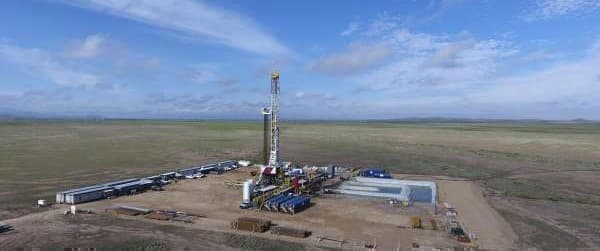Negotiations were relatively smooth, and OPEC+ did not deliver any major surprises when it agreed to ease the production cuts beginning in August. Widely expected, oil traders appeared satisfied by the move. However, the path forward for the group – and the oil market – remains rocky. In recent days, a flurry of reports from oil analysts and investment banks made the case that OPEC+ had room to add some supply back onto the market. Bringing 2 million barrels per day (mb/d) back online (easing cuts from 9.7 to 7.7 mb/d) does not come without risks, but lifting the production cap is a reasonable decision since supply technically trails demand at the moment, the thinking goes.
The deal did produce one odd twist. The countries that lagged in their compliance in recent months were compelled by Saudi Arabia to “compensate” for their overproduction by cutting deeper next month. This makes the OPEC+ cuts deeper in the short-term – instead of easing cuts to 7.7 mb/d in August, the group may only ease to 8.1 to 8.3 mb/d.
Oil prices briefly rose on the news.
Other bullish signs came in the form of EIA data, which showed that crude oil, gasoline and distillate stocks declined by 11 million barrels last week, much larger than anticipated. The draw was important since it appeared to mark a turning point. Stocks had bounced around for the last few weeks, after the extraordinary build up; now they appear to be coming back down, although from extremely elevated levels.
Related: Is Commercial Hydrogen Possible Without Fossil Fuels?
The data is “highly bullish,” Standard Chartered said in a note. The bank’s “bull-bear” index, using EIA data, has not turned up a “bullish” reading in 17 weeks. That is, until the latest data release. “The wait for some bullish oil data has been a long one,” Standard Chartered wrote in a report. Still, the analysts advised caution. “While this week’s data is a huge improvement, the US oil market remains a very long way from normality in terms of either demand or inventories,” they said.
However, while the market seems to be tightening up, plenty of downside risks remain, largely related to the pandemic and the knock-on effect to the global economy. The U.S. is setting daily records for new infections, and a long list of emerging markets are doing the same. New lockdowns are beginning to add up. “Today, in fact, India’s state of Bihar (population: 125 million) enters a two-week lockdown, this being by far the largest of the ‘lockdowns 2.0’ that we have seen seeing this summer,” Raymond James wrote in a note on Thursday.
In fact, even as EIA data shows improvement, others see cracks emerging. Gasoline demand is still around 1 mb/d below year-ago levels, and even declined last week, offering evidence that renewed state-level restrictions are keeping people at home.
BREAKING: Preliminary Pay with GasBuddy data shows yesterday's U.S. gasoline demand -2.9% from a week ago.
— Patrick De Haan ?????? (@GasBuddyGuy) July 16, 2020
If the oil market does sour, it’s not clear how OPEC+ would respond. “Though OPEC+ appears to have the market under control at present, some questions do remain: will production discipline be maintained at a high level? Will the stragglers actually implement their promised cuts? How quickly will the cartel be able to react if the demand outlook worsens again?” Commerzbank wondered in a note to clients on Thursday, adding that $45 per barrel is “anything but good news for OPEC.”
Related: Shell’s Big Bet On Floating LNG May Be A Flop
Moreover, if demand disappoints and prices fall, “there would be extremely high resistance to any renewed production cuts” from OPEC+ members, Commerzbank added.
The silver lining for the group is that U.S. shale is showing no signs of bouncing back. The rig count remains at rock bottom levels and decline rates from existing wells should drag down overall production. The EIA sees output from the top shale basins slipping by 56,000 bpd in August.
The mixed data may keep oil at around $40 for the time being. But the real danger is that the pandemic is far from over. “As problematic as the current COVID headlines are, we are more concerned about the impact on demand from a ‘second wave’ this coming winter in the Northern Hemisphere,” Raymond James wrote in a July 15 report. The bank noted that WTI futures 12 months out is trading at just $41 per barrel.
By Nick Cunningham of Oilprice.com
More Top Reads From Oilprice.com:
- Smart Cities Will Revolutionize Energy Consumption After The Pandemic
- Is This The Best Way To Produce Cheap Hydrogen?
- Ireland Considers A Full Ban On Offshore Oil & Gas Drilling


















